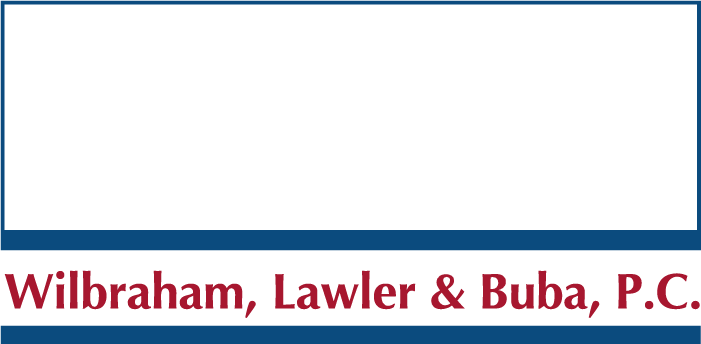If you own a construction company or are a contractor, you understand that the industry involves a variety of moving parts you are responsible for. Disputes happen all the time, and construction defects are one of the most common reasons for legal action.
There are various categories of defects, and it is important to understand who may be liable if a plaintiff alleges there are issues with some part of the construction.
Common construction defects
Disagreements are common when it comes to identifying potential defects, as there is an involvement of conflicting experts and contrasting viewpoints. According to FindLaw, there are four main categories that an alleged defect may fall into:
- Construction
- Material
- Subsurface
- Design
Common defects that are also costly include electrical problems, structural integrity, mechanical issues, thermal protection, water intrusion, finishing flaws and improper sealing of windows, doors and glass. A defect can result from different stages of construction: Design, planning, inspection or the building stage.
There are also latent and obvious defects. Obvious ones are visible to both parties, and correction often occurs before the completion of the project. Latent defects are harder to identify right away, as they are more subtle or hidden from view.
Determining the liable party for the alleged defect
When determining the potential responsible party, one must first identify the type of defect it is. Although blame may automatically rest on the owner, there are other parties who may be liable instead. For example, if it is a design defect, the contractor is generally not the liable party; rather, the architect or engineer would be. Defect allegations may also contain various categories of defects, which means multiple parties could face litigation.

